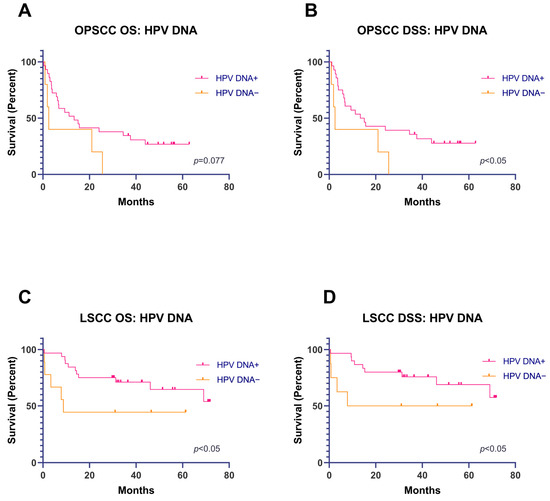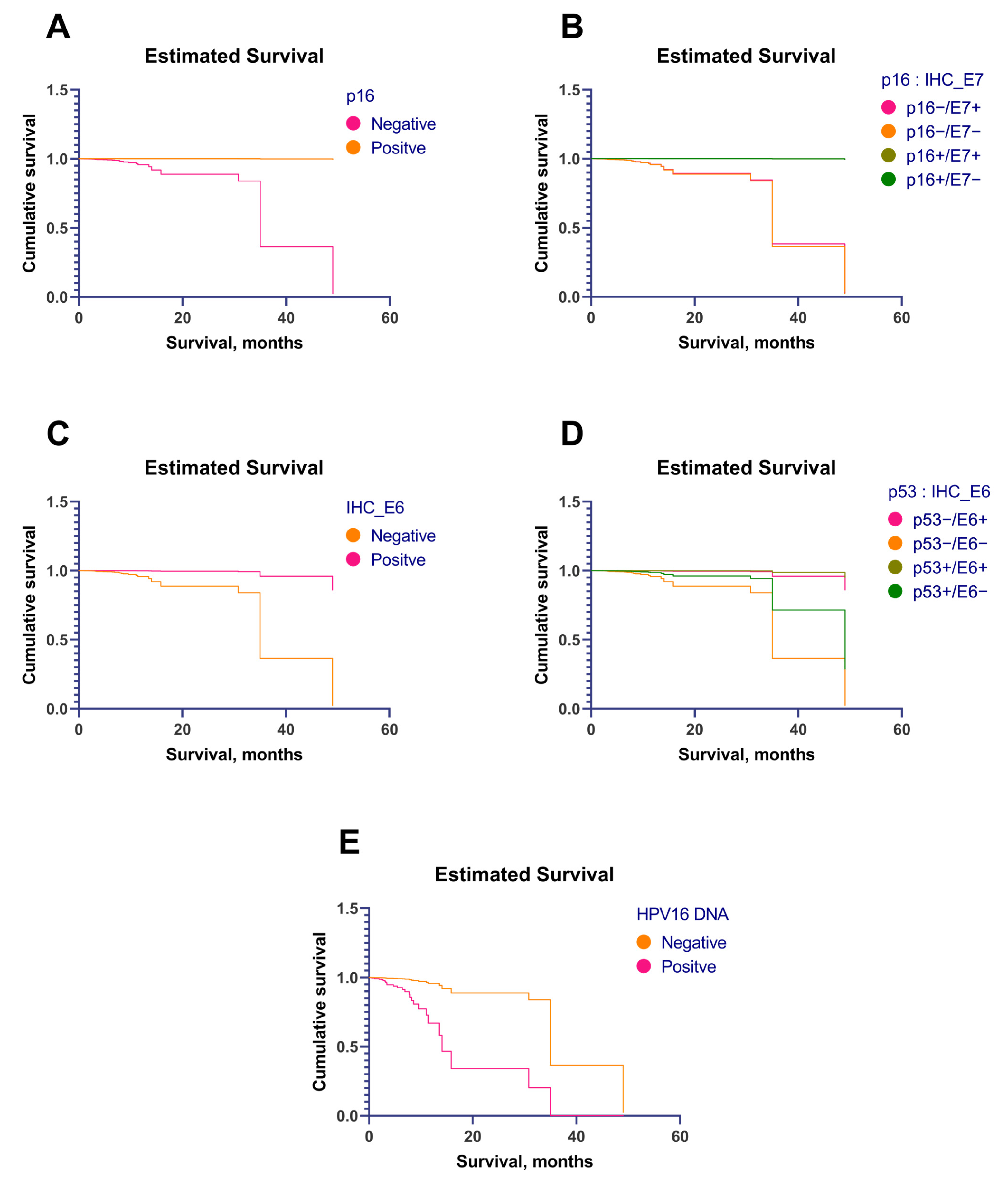The Role of the p16 and p53 Tumor Suppressor Biology Diagrams
The Role of the p16 and p53 Tumor Suppressor Biology Diagrams While the molecular mechanism of senescence involves p16 and p53 tumor suppressor genes and telomere shortening, this review is focused on the mechanism of p16 control. The p16 mediated senescence acts through the retinoblastoma (Rb) pathway inhibiting the action of the cyclin dependant kinases leading to G1 cell cycle arrest.

While the identity of P16γ or P12 as a tumor suppressor remains to be established, it is safe to state that P16, P15, and P14ARF together constitute one of the primary anti-tumor defenses in human through strict regulation of both pRb and P53 pathways.

Damage Signaling and DNA Repair Biology Diagrams
Additionally, the loss of p16 may be an early event in cancer progression, because deletion of at least one copy is quite high in some premalignant lesions. p16 is a major target in carcinogenesis, rivaled in frequency only by the p53 tumor-suppressor gene.

Currently, p16 Ink4a is considered a tumor suppressor protein because of its physiological role and downregulated expression in a large number of tumors. Collectively, our results establish that disruptions of p16 Ink4a and the p19 ARF -p53 circuit play critical and cooperative roles in PDAC progression, with specific tumor suppressor genotypes provocatively influencing the tumor biological phenotypes and genomic profiles of the resultant tumors.

Restoration of the Tumor Suppressor Function of Y220C Biology Diagrams
Another consequence of the E7-mediated pRb degradation is the overexpression of p16, a potent tumor suppressor. The detection of p16 overexpression has been adopted as a molecular hallmark of HPV-associated OPSCCs, with studies demonstrating its positive effect on patient survival.
